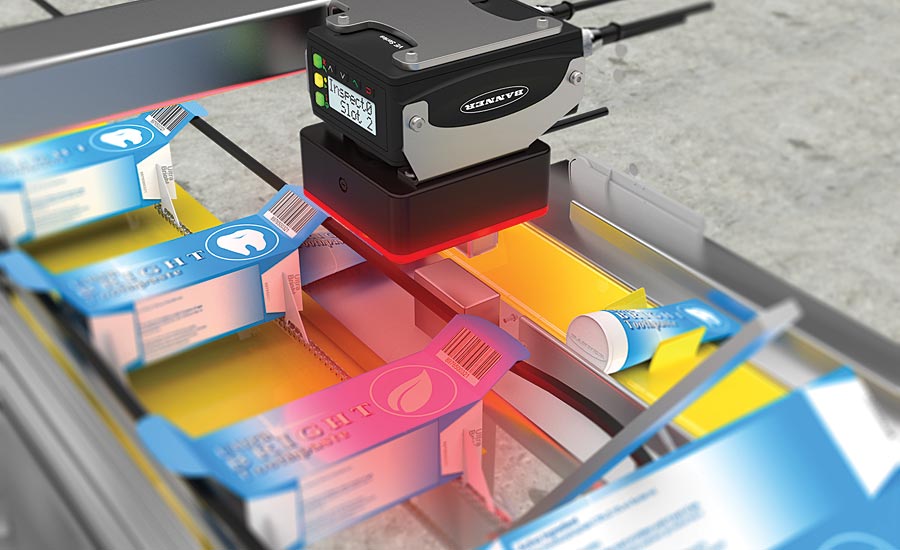Machine vision is a technology that helps designers and engineers to inspect, sample and produce products with high quality. Machine vision is able to identify the state of objects in a process called inspection. It can also be used for identification of defects such as material or shape variations, or structural changes. This blog post will offer information on How To Improve Your Machine Vision for better product quality.
Machine vision for product quality
One of the many benefits that machine vision has to offer is the ability to inspect products before they are produced. It does by collecting digital images of the product and then comparing them with reference images.
As an example, let’s say you’re making a new type of product that you need to inspect for defects. You can use machine vision to ensure a certain quality standard is met. For example, you could use machine vision to check for geometric accuracy such as whether all edges are parallel or whether all surfaces meet tolerance standards such as flatness and roughness. We also use machine vision for inspection in manufacturing processes prior to producing significant quantities of parts.
Additionally, machine vision offers digital measurements and detection in a process called inspection which can help identify defects in products quickly and efficiently. This process helps reduce production errors while increasing output at a faster pace than traditional methods.
Process for machine vision
The machine vision process starts with the image acquisition. This is where it takes an image of the product after manufacturing. The next step in the process is to analyze the image. This involves a variety of things such as color, size, contrast and shape analysis. Next, it uses the data to determine if anything about that particular item looks off or out of place.
This follows a process known as pattern recognition. It’s here where patterns it can identify in the product for inspection purposes. Finally, the image it send off for further analysis by comparing it to a reference database that contains everything from models to similar products in order to find any anomalies.
Now that you have a better understanding of how machine vision works, we’ll show you some ways you can improve your quality control processes with machine vision!
Integration of machine vision
In order to use machine vision, you need a high-quality camera. These cameras are able to take multiple pictures of the same subject at different points in time. The images taken will they analyze and compare with each other for changes or defects.
This technology has many benefits, but it’s not enough on its own. Without integration into a manufacturing process, your machine vision doesn’t do anything. The Machine vision has also limitations by the number of objects that it can inspect and the amount of time that it can inspect them for changes.
One way to improve this integration is through software application programming interfaces (API). This allows How To Improve Your Machine Vision system to communicate with other systems so that they can provide feedback on what the results will be. If your machine vision system was using an API, it would receive information about the current state of an object in real-time and be able to change accordingly.
The only downside to using an API is that there may be proprietary requirements tied into their software that make them incompatible with your process equipment. However, if you were able to integrate your machine vision system with other processes, you would have better control over how things work in your production line or assembly line.
Integrating machine vision into the manufacturing process
There are many benefits to integrating machine vision into your manufacturing process. The most important benefit is the ability to inspect products with high accuracy and efficiency. You can use machine vision for inspection in a variety of fields such as industrial, automotive, aerospace, fashion and construction.
The key to effective inspection is producing reliable, accurate data that will help you make the best decisions and take action.
Here’s how you can improve the quality of your product by integrating machine vision into your manufacturing process:
1) Create a plan for creating an efficient data collection system.
2) Design dedicated hardware that will collect data.
3) Determine what equipment you’ll use to produce your products and create a plan for deploying machines with machine vision capabilities.
Conclusion
Machine vision is critical for most manufacturing processes as it has the ability to identify defects in products. To improve your machine vision capabilities, you must:
1) understand what machine vision actually is.
2) understand how to integrate machine vision into the manufacturing process.
3) build a process for machine vision into your manufacturing process.
However, read this article from start to finish. It will help you to have complete knowledge about how to improve your machine vision for better product quality.
Recommended:
